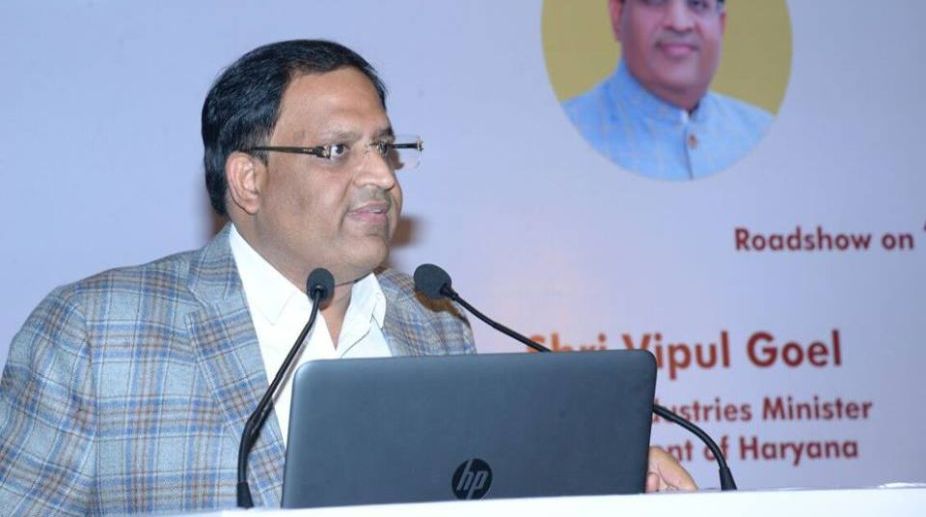The Haryana Pollution Control Board (HSPCB) has disputed the recent report of the World Health Organisation (WHO) stating that Faridabad is at second place in the list of most polluted cities in the world.
Haryana Environment and Climate Change Minister Vipul Goel, in a statement here, said that the “source of the data on which the report is based is not clear”.
Goel said that the HSPCB has been monitoring the data since 2010 through a Continuous Air Ambient Quality Monitoring Station in Faridabad and Gurugram, both adjoining New Delhi.
“As per the details available with the Board, the PM 2.5 value of both the cities are being monitored regularly since 2013. These values increase above 170 only during a brief season, that is during a few days around Diwali, crop harvesting season during which residue burning is reported and peak winter.
“Therefore, it is not justified to claim that the average PM 2.5 value is above 170 in Faridabad,” the minister pointed out.
The WHO report had recently listed the most polluted cities in the world, 14 out of the top 15 most polluted cities listed were from India, with Kanpur and Faridabad leading the pack.
The Punjab Pollution Control Board (PPCB) had earlier disputed the WHO report on Patiala city being among the top 15 most polluted cities in the world.
“The report also claims city like Srinagar as polluted, which raises suspicions on the source of the data. Even Patiala’s air pollution level has been placed quite high based on PM 2.5 values recorded from 2010 to 2016, and Punjab too claims, it never monitored the 2.5 values and the sources are not known to its own Pollution Control Board,” Goel said.
“Faridabad is affected mostly due to the pollution in neighbouring Delhi. Its own sources include mainly vehicles and construction dust and Delhi’s pollution is considerably high with additional sources from municipal solid waste burning going on almost continuously as witnessed during the past years.
“Delhi’s pollution level has always remained higher than these two cities as indicated by our reports. Now, placing Faridabad above Delhi is not even logical,” he added.










